I left my Burberry raincoat in a cab in Ireland.
Perhaps it is necessary to shed any English vestiges to properly embark on an Irish tour. Perhaps it is metaphoric; time to leave behind remnants of my past. Goodness knows my Burberry has travelled with me through many times.
It’s perfect for that in between travel, with its button-in liner. It’s incredibly practical and classic. I’ve worn it for years, to many places and events. I remember going to a private equity meeting at the Union League in Philadelphia (an institution that wouldn’t allow women through the doors when I was in school) and having a young woman coo over my semi-antique piece of apparel.
“It’s sooo classic,” she said, taking my coat.
It is. Or rather, it was.
At any rate, it is gone.
“What you leave behind says as much about you as what you bring along.” –Jacquelyn Middleton
A part of me is relieved in an odd sort of way. It’s a coat that makes a statement. Is it the statement I want to make these days? I search for the zen in the experience and move on. I want to enjoy Ireland not fret over a piece of cloth.
Except for a brief stopover in Shannon years ago, this is my first visit to Ireland. The purpose of the trip is part work, part play. But then writing a blog so elegantly combines both! The schedule is three days in Dublin, followed by four in Killarney, then back to Dublin for the flight back to the States.
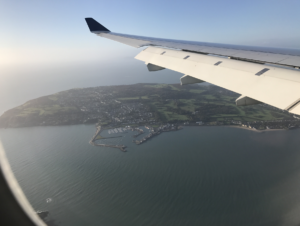
Ireland appears as a green island in the Atlantic, off the wing of the plane.
Landing over the green hills of Ireland into Dublin Airport, one is greeted by cow pastures alongside the runway. Green runway lights are scattered like gems across the tarmac. Ireland immediately has a good feel.
And that just continues. The people are friendly; architecture and history permeate every address; and the pubs are placed at every corner and then some. It is said that someone once managed to lay a route across Dublin that managed to not pass a single pub. But the route took hours to complete. And why would one even bother?
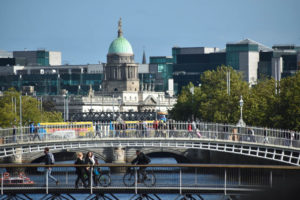
Dublin Ireland, overlooking the Liffey River
Dublin is a city of just half a million people, with another 1.5 million in the greater area. It’s history is steeped in centuries of conquest and strife. From the invading Vikings, Scots and Brits; the famine An Gorta Mór which struck the country during 1845–49 causing a historic and deadly potato blight; to the massive property collapse of 2008; the Irish seem to have transcended so much difficulty.
Literary history is deeply entrenched in Irish life. Signs throughout town boast wonderful Oscar Wilde sayings, such as
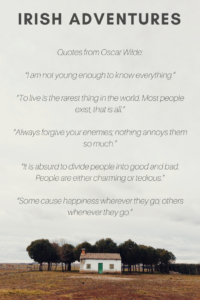
Irish Adventures
and the list goes on…
His keen Irish wit continues to amuse more than a century after his death. Wilde and other literary figures and references abound in pubs, in museums and in libraries. In Trinity College Library, busts of famous writers line the book stalls. Literature and history intermingle throughout Dublin culture.

Bust of famous writers are displayed on both sides of this amazing library, in homage to the history of literature.
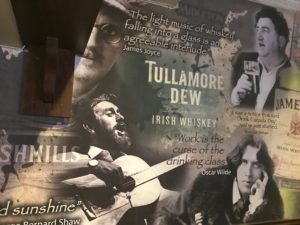
This mural from a pub in Dublin offers quotes from some Ireland’s favorite writers.
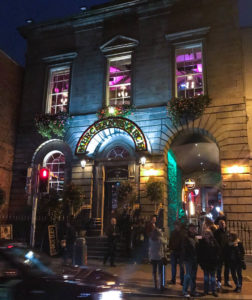
Night life in Dublin.
Dublin is a young town, with a dynamic night life, which I experienced vicariously from my bed my last evening in town, as the nightclub near Harrington Hall rang on into the early morning hours. But that night was also a night of celebration. Dublin’s 2-0 win over Moldova set up the Gaelic football team to compete in Cardiff, Wales where a win would mean qualifying for the World Cup.
Irish football, as explained by one enthusiastic cabby, focuses on drinking with friends, then sitting side by side in the stadium, regardless of which teams they might root for. It’s also a brutal game, played on a field that dwarfs the American football field. I don’t normally go off on sport tangents, but this cabby has me convinced to attend a Gaelic football event my next visit to Ireland. Hogan Stand at Croke park is the site for these events (which are all volunteer teams!).
Like many places in Dublin, politics and history intersect with everyday life. Hogan Stand at Croke Park where the Gaelic games are held was also the site of Bloody Sunday in 1920 during the Anglo-Irish war where the British opened fire on the crowds killing 14 and injuring 65. Among the dead was Tipperary footballer Michael Hogan for whom the arena is named. The past, the present, architecture, sports…it’s all intertwined in this Irish capital city.
Click here to see the Photo Gallery of Dublin!
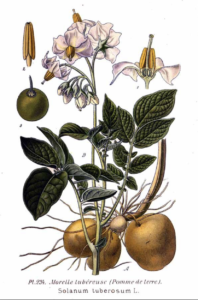
Botanical drawing of the potato plant, Atlas des plantes de France. 1891.
While history is evident at every turn in Dublin, there is something that eludes me. I can’t seem to figure out is the potato thing.
Potatoes are served with nearly every dish. Like every else, I know about the Irish potato blight and the subsequent waves of outbound immigration. But if potatoes were nearly wiped out, why in the world are they still central to nearly every dish I order?
The short answer is that the potato is deeply embedded in modern, and particularly, Irish culinary habits. And a wee bit of research reveals that the lowly potato has a noble and fascinating history.
Potatoes were imported to Europe after their discovery in South America by the Spanish in 1532. At first, they were scorned as food fit only for animals. Tastless, colorless and not meat. But the potato was an easy to grow, nutrient rich crop, not subject to the vagaries of the wheat harvest, which had traditionally provided the nutritional mainstay for the population. Suddenly, with the potato, there was enough food.
Antoine-Augustin Parmentier, might be regarded as the potato’s Johnny Appleseed. His promotion of potatoes on a grand scale transformed the European food supply and subsequently impacted population growth:
“The effects of this transformation were so striking that any general history of Europe without an entry in its index for S. tuberosum should be ignored. Hunger was a familiar presence in 17th- and 18th-century Europe. Cities were provisioned reasonably well in most years, their granaries carefully monitored, but country people teetered on a precipice. France, the historian Fernand Braudel once calculated, had 40 nationwide famines between 1500 and 1800, more than one per decade. This appalling figure is an underestimate, he wrote, “because it omits the hundreds and hundreds of local famines.” France was not exceptional; England had 17 national and big regional famines between 1523 and 1623. The continent simply could not reliably feed itself.
–From Smithsonian Magazine “How the Potato changed the World”
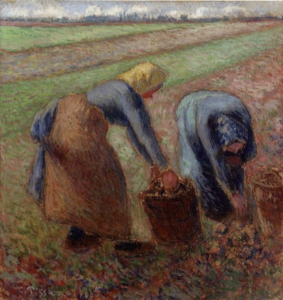
Potato Harvest
Camille Pissarro
Date: 1885
Both in Europe and in the states, aristocracy (Jefferson in the case of the U.S.) promoted the adoption of the potato. Marie Antoinette was said to wear the flowers in her hair. King Louis XVI put the flower in his buttonhole.
So it was that, with a bit of celebrity marketing, the potato became a staple in western European and American cultures and cuisines.
***
Dublin is a very walkable city. I did get a hop on, hop off bus ticket that allowed me to explore the overall area at will. But once you have a feel for the layout of the town it’s an easy walk to most places.
Driving is a bit more of a challenge, given the seemingly arbitrary plethora of one way streets, not to mention driving on the left hand side of the road. I will leave that challenge for my next trip.
Ireland is famous for its rain, but precipitation was thankfully absent for most of the trip. I think back to the “frog strangling” rains of San Antonio, and I was curious about the Irish anachronisms for the wet stuff. I’ve heard of “kissing rain”. But the Irish have a plethora of other nicknames for the usually omnipresent showers, in both English and Gaelic. Dry rains are but a bare mist. A spitting rain can leave you soaked to the bone ; a rotten rain is the weather equivalent of a sulking teenager, according to The Daily Edge. Suffice it to say, a bucketing rain is not something you want to be caught in. Particularly without a raincoat!
But with little rain in the forecast (fingers crossed!), I set out to some good old fashioned site seeing. Here’s an abbreviated pass at some of my adventures, with more to follow in future posts.
Click here to see the Photo Gallery of Dublin!
What to do in Dublin, Ireland?
Here are some of the places I managed to squeeze in in just under three days:
1. The Guinness Storehouse
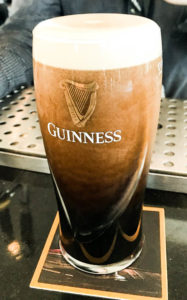
You can learn the “perfect pour” on a tour at the Guinness Storehouse.
The basic tour is self guided, and has quite a bit of Guinness oriented information. But if you want to do any of the special tastings tours or the pouring class, be sure to book ahead of time. This is a very popular tourist destination, and planning ahead will save you both time and money.
The tour winds its way up several stories in the renovated industrial storehouse. Along the way it reveals the special attention to the ingredients that make up this cult brew. One area is devoted entirely to Guinness marketing schemes over the year, and among other things features a singing oyster and a fish riding a bicycle. That aside, it’s still worth a visit. The lounge on the top floor has a fabulous 360 degree view of the city and environs. And of course, for a perfectly poured pint of original Guinness.
For more information on purchasing tickets, click here.
2. Trinity College Library and The Book of Kells
Trinity College Dublin was created by royal charter in 1592. It’s official name is College of the Holy and Undivided Trinity of Queen Elizabeth. But much more importantly, it is the location of the Trinity College Library and The Book of Kells, which is widely regarded as Irelands premier national treasure. It is “an illuminated manuscript Gospel book in Latin, containing the four Gospels of the New Testament together with various prefatory texts and tables” (Wikipedia).
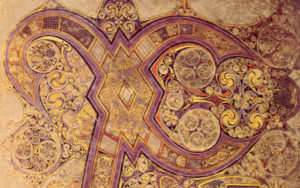
Beauty and symbolism from the Book of Kales. Source: Public Domain / Wikimedia Commons
This is a must do. Click here for ticket information and be sure to buy your tickets on line to guarantee you an admission time slot. Tickets are limited and visitors are admitted in half hour increments.
After the Book of Kells exhibit (no photographs are permitted) visitors can climb the stairs to the Trinity College Library. The library is a two storied archive of books and sculpture:
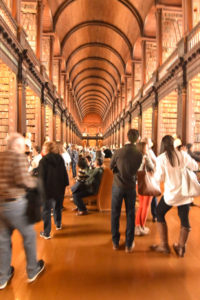
Entering the Trinity College Library is breathtaking. The two story high stacks contain the knowledge of centuries.
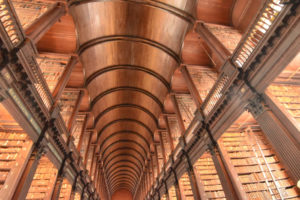
The barrel roof of the library seems to go on forever, over double storied tiers of books.
The Trinity College grounds also make for a beautiful and interesting walk while waiting to visit the Library and the Book of Kells:
- A view of the central square at Trinity College, Dublin.
- Another interior view of the square at Trinity College.
- Buildings surrounding the grassy green at Trinity.
- The buildings of Trinity College.
- The central quad at Trinity College.
- A view along the green at Trinity College
While visiting the Guinness Storehouse is infinitely popular, if I had just one place I could visit in Dublin, The Trinity College Library and The Book of Kells would be it. And should you be looking for something Irish to take home, there is an Irish gift shop just across from the college entrance.
3. St. Patrick’s Cathedral
St. Patrick’s is the National Cathedral of the Church of Ireland. Its early construction including its 43-metre (141 ft) spire, dates back to 1220-1259. With a history this long, the building has been central to many Irish events and personalities. Jonathan Swift, author of Gulliver’s Travels was Dean of the cathedral from 1713 to 1745. He is buried on the property.
In keeping with the literary meme that is so prevalent in Dublin, here are a few Jonathan Swift quotes as well:
“May you live every day of your life.”
“Vision is the art of seeing things invisible.
“It is useless to attempt to reason a man out of a thing he was never reasoned into.”
“When a great genius appears in the world you may know him by this sign; that the dunces are all in confederacy against him.”
“No wise man ever wished to be younger. ”
( And of course one of my favorite quotes: “He was a bold man that first ate an oyster.” More on Irish oysters in a future post!)
St. Patrick’s property includes a sweeping expanse of lawn that frames the magnificent church. My pictures don’t begin to capture the building and grounds, but to give you an idea:
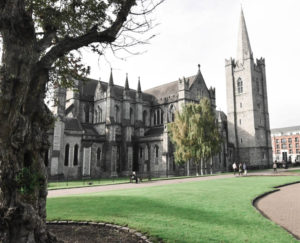
St Patrick’s Cathedral
Click here to see the complete Photo Gallery of Dublin!
4. Christ Church Cathedral
Formerly known as The Cathedral of the Holy Trinity, Christ Church Cathedral in Dublin predates St. Patricks. It was founded sometime after 1028 and was built on the high ground overlooking the Viking settlement at Wood Quay . It went through extensive renovations between 1871 to 1878, spearheaded by George Edmund Street, a leading English architect, born in Essex and known for his Victorian Gothic Revival architecture. Because of this renovation, there are questions about the authenticity of parts of the cathedral. But from a tourist’s eyes, this is a magnificent building.
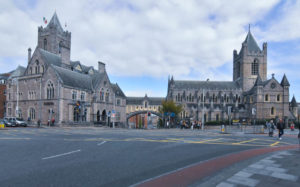
Christ Church Cathedral, Dublin Ireland
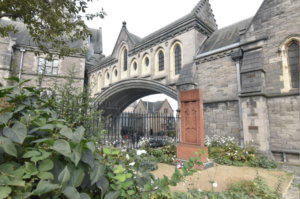
The walkway over the road at Christ Church.
5. James Joyce Walking Tour
Although James Joyce was a pivotal writer in literary history, many find him hard to read. But this tour makes one consider picking up his books. Personally, for me, I enjoyed the anecdotes of our tour guide, but I’ll leave the re-reading of Joyce to others!
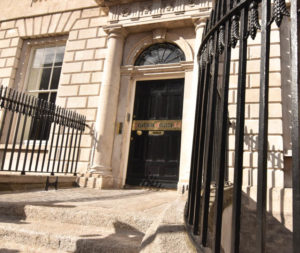
Belvedere College provided a home for Irish writer James Joyce
6. St. Stephen’s Green
This stunning park is a central place to meet, walk and enjoy a bit of greenery in downtown Dublin. At its beginning, it was no more than a marsh at the edge of the city. But in 1664, the Dublin Corporation walled off the park, laying the groundwork for a fashionable neighborhood by the end of the eighteenth century. Most of the houses along Grafton Street and the other avenues surrounding the green are replica Georgian buildings. But that doesn’t take away from the charm of this oasis in the city. A must visit!
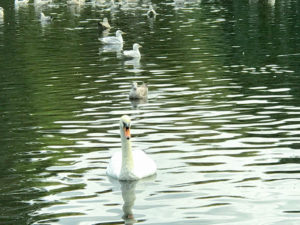
Swans swimming in the lake at St. Stephen’s Green
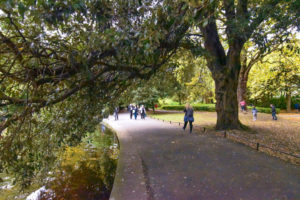
One of many paths that one can walk through this magnificent park in Dublin.
7. Irish Whiskey Tasting
When in Ireland…do stop and learn a bit about Irish Whiskey. It’s become a very sophisticated craft industry, with whiskey skillfully aged in casks from other beverages such as sherry and port, imbuing the alcohol with subtle and elegant tones. More on this as the Irish Whiskey story unfolds…
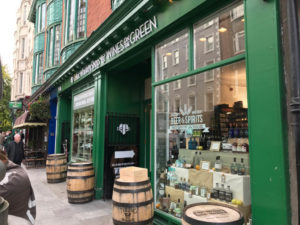
Irish Whiskey drives complexity from agin in various woods. This store provides an insight into the industry and art.
8. Dublin Castle
Dublin Castle was founded around 1204 by King John of England, sometime after the Norman invasion of 1169. It was build primarily for defense, and typical of the day, sported a courtyard design, surrounded by defensive walls.
Through its long history, the castle evolved and then sustained extensive fire damage in 1684. The rebuilding effort explains the Georgian palace surrounding the remaining great Record Tower (built in 1228-1230) which is the only surviving tower of the original fort. I note this because when you first walk into the courtyard, your first question is “Where is the castle?” Georgian buildings flank a cobblestone courtyard and there is no “castle” in sight! Keep walking! It’s there!
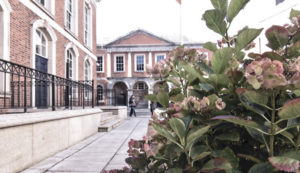
Where’s the castle? The Georgian buildings simply don’t fit with the word “castle”.
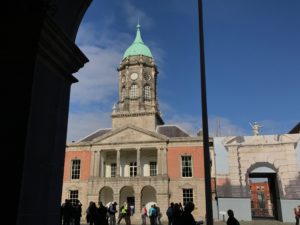
Building outside Dublin Castle. But it’s not a castle!
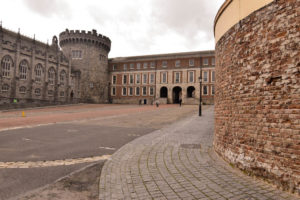
Finally, through the arches, lies the turret from Dublin Castle, overlooking a cobblestone courtyard, flanked by Georgian buildings.
9. Winding Stair Booksellers and Restaurant
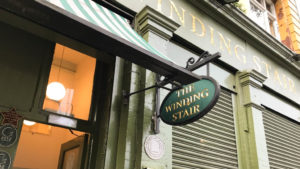
The Winding Stair is an iconic bookshop and upstairs, a restaurant.
This bookstore is one of the oldest surviving independent bookshops in Dublin. From their website:
“The Winding Stair Bookshop & Café became a famous Dublin landmark in the 1970s and 1980s. Named after the Yeats poem, and in honour of its winding staircase, it is perfectly located, overlooking the river Liffey, with an iconic view of the Ha’penny bridge. As a popular meeting place for writers, musicians and artists, it was a well known hub for debate and creativity with many poems written, novels penned and movies shot within its walls.
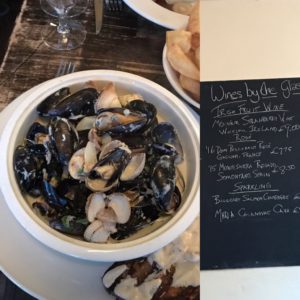
Seafood from The Winding Stair
When its closure was announced in 2005, there were mutterings about the end of an era, but in 2006, Elaine Murphy brought this much-loved spot back to life as a restaurant, championing seasonal, Irish produce. The bookshop, located on the ground floor, was retained, as were many of the old bookshelves, photos and memories. The room retains its timeless charm with stripped wood tables and floors, and Bentwood café chairs. The old girders give a nod to its past as a tweed loom and the view remains as quintessentially Dublin as ever.”
The upstairs restaurant features local Irish food, like crab, mussels, cockles and lamb shanks. To name just a few of the many intriguing possibilities. Stay tuned for more on this Irish culinary resource!
Click here to visit their website.
Staying in Dublin, Ireland:
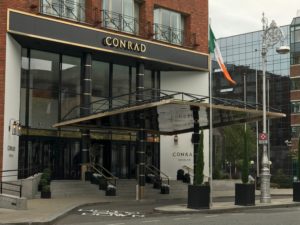
The Conrad Hotel next to St. Stephen’s Green
The Conrad which is located near St. Stephen’s Green is an absolute find. It was reasonable, especially when split between two people. It had a KILLER breakfast included as part of the room price. And the restaurant was excellent.
Breakfast was included in the room price and included several buffets with eggs, roasted tomatoes, smoked fish, meat, cheese, pastries, fruit and much more. Eggs can also be special ordered, and there are other options on the menu as well. One of my favorite aspects of breakfast was incredible coffee (I usually drink tea, but this French press dark roasted coffee was superb); and the block of real honeycomb, laden with fresh honey. Add a scone (it’s not on my anticancer diet, but…YUM) and start the day with a smile.
I stayed here for the first several days in Dublin. The staff was stellar. They went out of their way to be accommodating and friendly, but never intrusive. While hotel rates may vary according to demand, put this on your list of places to consider. I’m pretty hard to impress, but this was an excellent hotel, at a good price. My stay was a flawless experience.
The other hotel where we stayed after returning from Killarney (one night) for our flight back home was the Harrington Hall. I would not recommend this. It’s charming in a dowdy sort of way, but it’s located across from several nightclubs whose celebrations go on well into the night. Not the ideal situation if you have to get up early for a flight the next day.
Click here to see the Photo Gallery of Dublin!
Travel Tips:
Dublin is a Walking Town!
Everything is fairly close and if you need to take a break, a pot of tea and/or a pub is never far away.
Schedule Your Day Your Way
Most attractions offer tickets on line. Take advantage of this and schedule your day, your way. Given the high demand for some sights, checking out availability ahead of time is wise. The Guinness Storehouse tours all need to be pre-booked. (The self guided tour is readily available, at just about any time. Booking on line may save you a few Euro).
Foodie Forays
The overall food in Dublin was very good, but lacking creativity and a bit on the heavy side for my tastes. Pub food was generally hearty and good. Lots of potatoes! Some of which were very well prepared. And Guinness As Usual (vs. Business As Usual) seems to be the rule of the town.
I ordered mostly fish to keep my choices as healthy as possible. The various meats and stews look wonderful, but that simply isn’t on my anticancer diet. I wish I had had more time to explore the restaurant scene. (Next trip!)
I did eat at Dylan McGraths’s Taste At Rustic located at 17 South Great George’s St, Dublin D2. Given his celebrity status as a chef in Ireland, I was curious. The website is gorgeous and the food sounds innovative. Sadly, I wasn’t very impressed. Except for the beet broth which was excellent, the other dishes missed their mark. My olives and hummus were unimaginative and under seasoned. My quail was under seasoned and over cooked.
The Burberry:
Alas, it is gone. Somewhere, someone has a very nice Burberry on their back and in their closet.
Strangely I am not very upset. In its stead I bought a simple rain jacket for 40 euro. It’s a nice textured grey with a hood, and I am very happy with it.
Learning to let go of things has become an integral part of my life experience as of late. The Burberry may just be caught up in this trend. It doesn’t need to be replaced.
“Mostly it is loss which teaches us about the worth of things.” –Arthur Schopenhauer, Parerga and Paralipomena
Think about that one for a bit.
Coming up:
- Planes, trains and automobiles help me navigate across Ireland (no sailplanes, at least not this trip!).
- Horse racing, local food and fun in Killarney
- A culinary exploration of the Beara Peninsula looks into the food and people that have been part of the Irish slow food organic food movement.
For More Potato Reading, should you be interested:
Like This Post? Pin It!
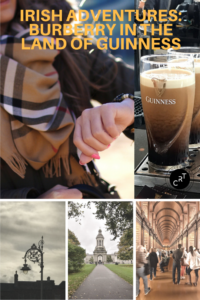
Irish Adventures: Burberry in the Land of Guinness
Click here to see the complete Photo Gallery of Dublin!
More on Ireland:
Photo Gallery: Dublin, Ireland
The Irish Food Movement in the Beara Peninsula
TBEX in Ireland: From The Liffey To The Atlantic
Culinary Travel Karma:Dublin and Killarney
CancerRoadTrip Photo Gallery Update
If you’re interested in learning more about photography (or cooking or film or any number of topics) check out Masterclass for on-line excellence:
[et_bloom_inline optin_id=”optin_10″]
What is #CancerRoadTrip and how did it come to be? Read this post to get the backstory!
Follow me on Twitter, Pinterest, Instagram, and at Anti-Cancer Club. Connect with me! I may need a place or two to stay along the way!

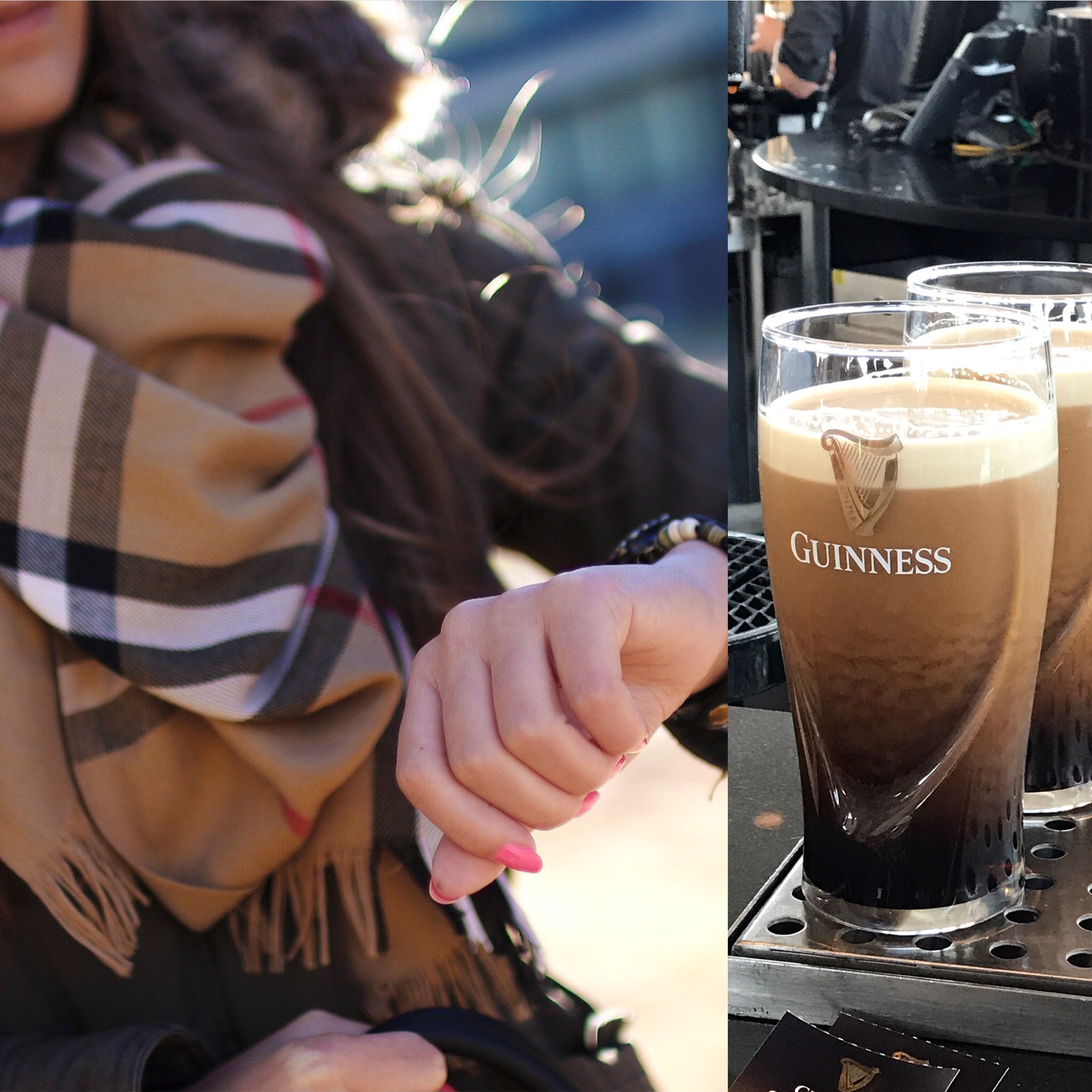
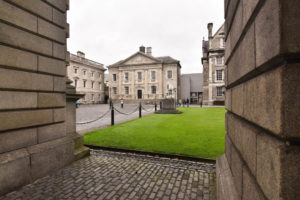
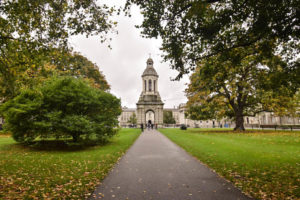
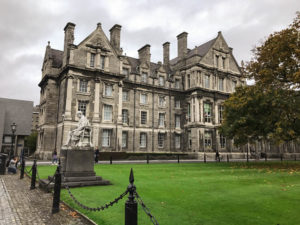
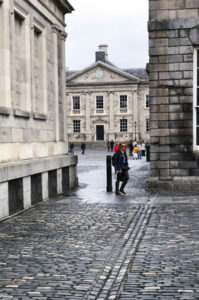
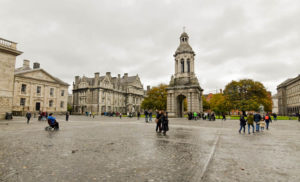
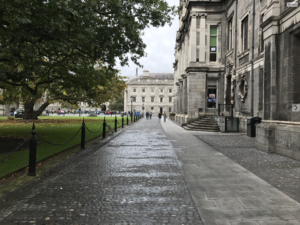


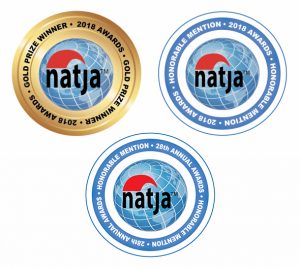





Leaving the Burberry raincoat behind truly is metaphoric. You’ve completely changed your life and reinvented yourself. Here’s to all that’s new and unfolding.
I have to admit I’m kind of amazed by life these days. May my health hold! I’m heading to Florida and Central America shortly; then to Santa Fe to catch my breath for a bit before another trip to Europe in the spring.
Namaste, my friend. Hawaii soon.
I like that quote, proving that travel is more than just a pass-time or a hobby, it really has an impact on your life. I love Dublin, it’s such a small and beautiful city full of life and very nice people !
Travel can be transformative if you’re open to it. I always say that some travel to take tours; I travel for the detours! It’s the unexpected encounter that makes travel an endless adventure! And I look forward to returning to Ireland. I LOVE Ireland!
Awesome post! I truly love Ireland when I visited! Sorry, you lost your jacket but it sounds like you brought so much more home with you!
Thank you. I love Ireland too. I am plotting a return to drive, hike and photograph the Wild Atlantic Way.Stay tuned!